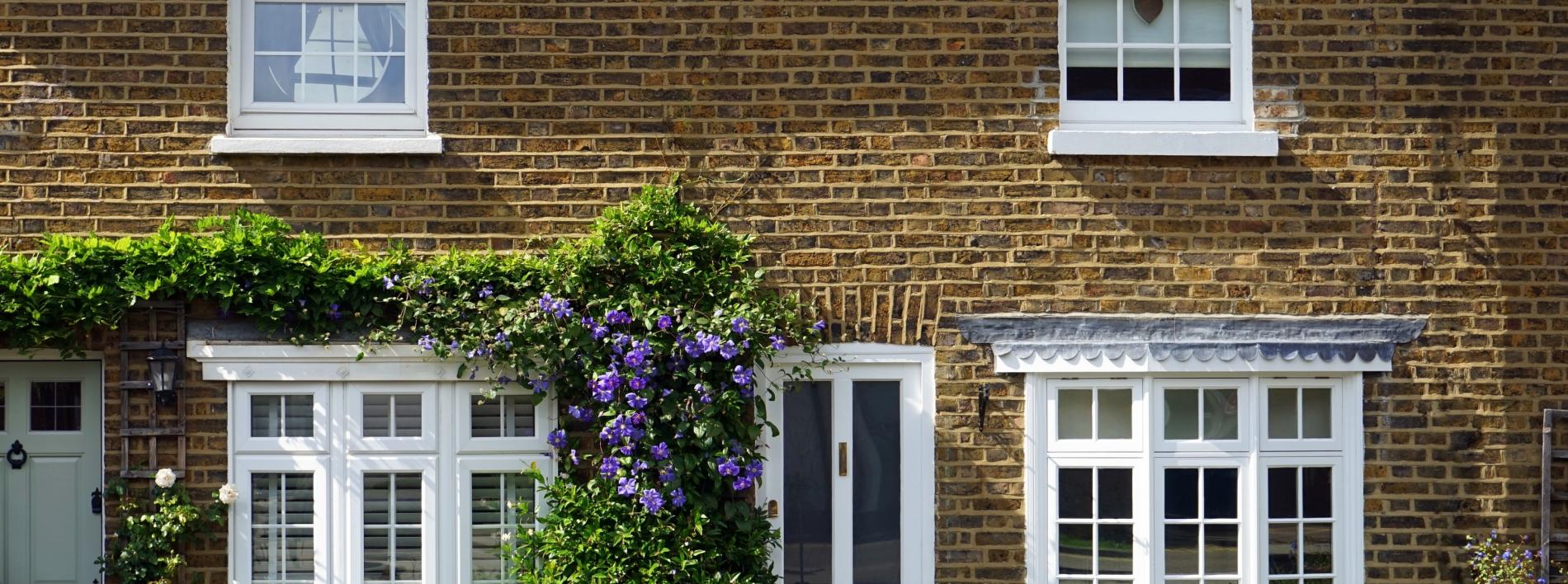October 13, 2016

Nearest branch
Find your local branch
Aberdeen
view detailsBellshill
view detailsBerwick-upon-Tweed
view detailsBirmingham
view detailsBrighton and Worthing
view detailsBristol and Bath
view detailsCambridge
view detailsCardiff & Newport
view detailsCarlisle
view detailsConsett, Stanley & Tyne Valley
view detailsDalkeith
view detailsDarlington
view detailsDundee
view detailsDunfermline
view detailsDurham
view detailsEdinburgh
view detailsElgin & Inverness
view detailsFalkirk
view detailsGalashiels
view detailsGateshead
view detailsGlasgow
view detailsHull
view detailsKirkcaldy
view detailsLeeds
view detailsLiverpool
view detailsLivingston
view detailsLondon
view detailsManchester
view detailsMiddlesbrough
view detailsMusselburgh
view detailsNewcastle
view detailsOxford
view detailsPaisley
view detailsPerth
view detailsPreston
view detailsSheffield
view detailsSouthampton & Portsmouth
view detailsStirling
view detailsStockport
view detailsStoke-on-Trent
view detailsSunderland
view detailsYork
view details<< Back to all areas
Thinking of moving to west London? If you want to buy a property in this area you’ll want to know about what it’s like to live here. We’ve compiled everything you need to know about life in west London, including the best schools in the area, what the transport links are like, and the best places to eat and drink.
History in West London
As is common in London, the areas that make up modern-day west London were once separate villages. The area rapidly expanded in the Victorian era, thanks to the emergence and expansion of the railway.
In the past, Fulham was an impoverished area, as noted by Charles Dickens in his novels, but in the post-war years it underwent regeneration to become the thriving hub it is today. Similarly, Notting Hill was once noted for its slum housing, but after decades of regeneration, it is now an affluent area. Nearby, expansion of Hammersmith kicked off with the industrial revolution. Close to the river, it was the ideal area for all sorts of businesses, and it remains a centre of commerce to this day.
Culture in West London
West London is a thriving area, with lots to see and do. Notting Hill is famous for its carnival, which has been held every year since 1966 over two days each August. Led by members of the British West Indian community, it’s one of the most significant events in black British culture. The festival attracts roughly two and a half million people every year, making it one of the biggest street festivals in the world.
There’s also a lot of art and theatre to enjoy in west London. The Eventim Apollo – more famously known as the Hammersmith Apollo – is a grade II listed, Art Deco building which plays host to a wide range of musicians and comedians. Kew Gardens are another cultural draw for visitors to and residents of west London. These beautiful botanic gardens house one of the widest botanical collections in the world, and are well worth visiting if you move to the area.
Food and Drink in West London
West London is the perfect place for foodies to buy a property, as you’ll be spoiled for choice when it comes to places to eat and drink. Find fine dining options in Chelsea and Notting Hill, including Dinings SW3, which serves up its own creative take on sushi and sashimi, or The Ledbury which boasts two Michelin stars. The Harwood Arms in Fulham is the only Michelin-starred pub in London – not your average pub grub! For a more casual dining experience, head to Hammersmith, where you’ll find a fantastic selection of laid-back eateries.
Chelsea is the place if you’re looking for a lively night on the town – just head to Sloane Square or the King’s Road for see-and-be-seen experience. If you like traditional pubs, there’s a good choice in Chiswick, with several being listed buildings including the Mawson Arms.
Shopping in West London
West London is one of the city’s prime shopping destinations, whether you’re looking for high-end designer clothing or second-hand homewares. There’s a plethora of quirky, independent shops and boutiques in this part of the city, particularly in Notting Hill. That’s also where you can find Portobello Road Market, perfect for bargain hunters, as it’s the world’s largest antiques market.
If designer fashion is more your bag, you’ll find stylish shops along the King’s Road in Chelsea, as well as on Sloane Avenue in Fulham. And of course, you can’t miss Harrods in Knightsbridge, which is one of the world’s most famous department stores. For a huge array of shops under one roof, head to Westfield, which is the largest shopping centre in Europe with over 300 stores.
Schools in West London
West London is popular with families because of the highly-rated schools in the area. The Sacred Heart High School in Hammersmith is one such school, a girls’ only academy which is rated by Ofsted as ‘Outstanding’, as is the co-educational Holland Park School. The Cardinal Wiseman Catholic School is considered to be one of the best schools in Ealing, and is also rated as ‘Outstanding’, as is Castlebar School, a mixed gender special school catering to children aged 4-11. The Lycée Français Charles de Gaulle, usually referred to as the Lycée or the French Lycée is located in Kensington, and is a popular independent school both for the French community in London, and for British parents who want a bilingual education for their children.
There’s also a wide choice of well-regarded primary schools in West London. This includes Fox Primary School in Kensington; Servite RC Primary School, also in Kensington; and Thomas Jones Primary School in Notting Hill, all of which have been rated as ‘Outstanding’ by Ofsted.
Transport in West London
Generally speaking, West London is well-connected. Much of west London is located within zones 1 and 2, and are well-served by the tube – although some areas have better transport links than others. If you buy a house in West Kensington, for example, you’ll be on the District Line, with easy access to the Piccadilly Line from nearby Earls Court and Barons Court. From Notting Hill, you can reach Oxford Circus in less than 10 minutes, and it takes just 11 minutes to get to the same location from Shepherds Bush.
Even if you choose to live further afield, the transport options are still strong. Buying a house in Acton, for example, means that you’ll have access to the London Overground as well as the District, Piccadilly and Central lines on the tube. South Ealing is in zone 4, but it’s on the Piccadilly line, and you can quickly reach Heathrow which is just a 20-minute drive away.
<< Back to all areas


October 13, 2016
